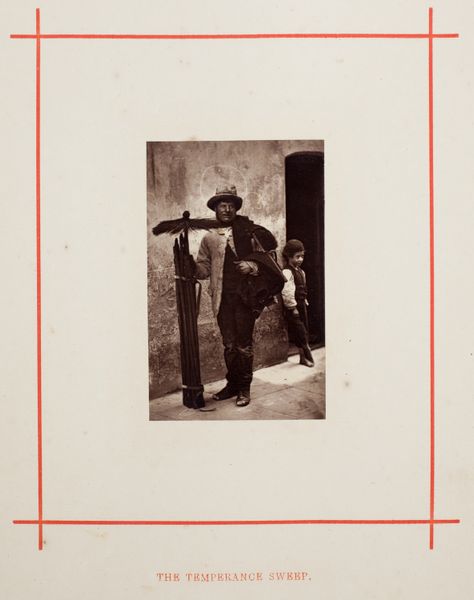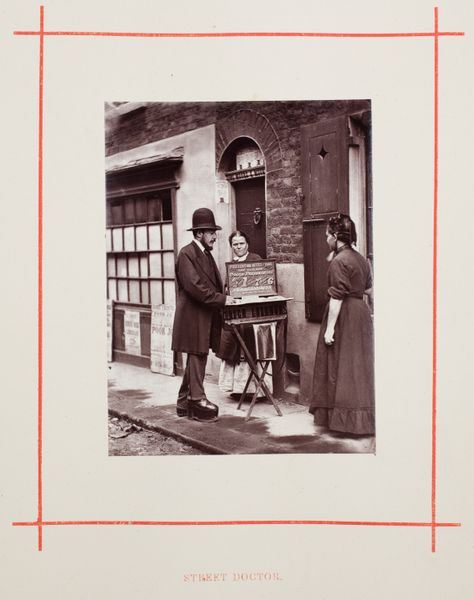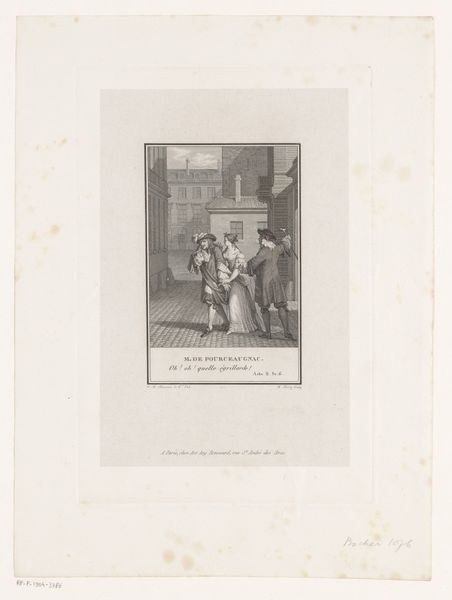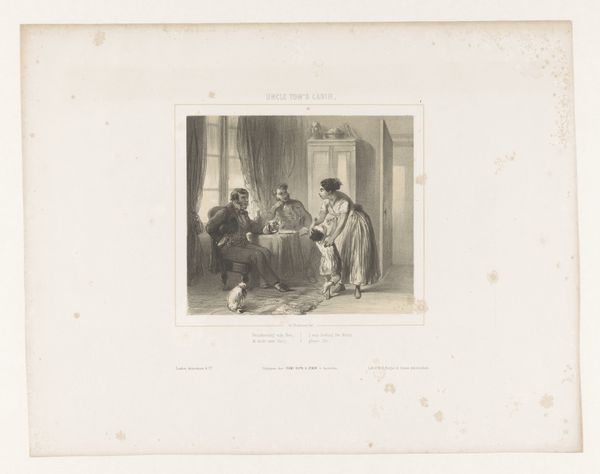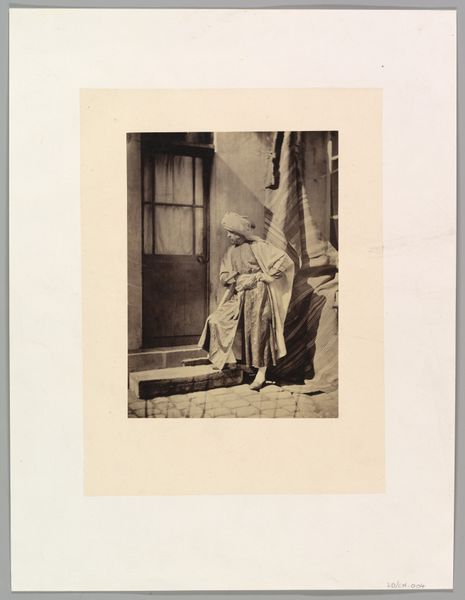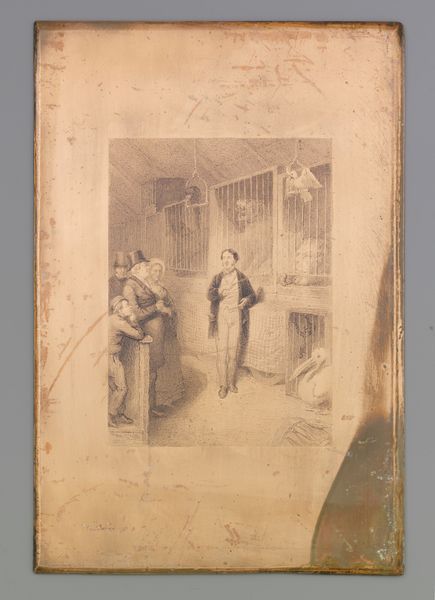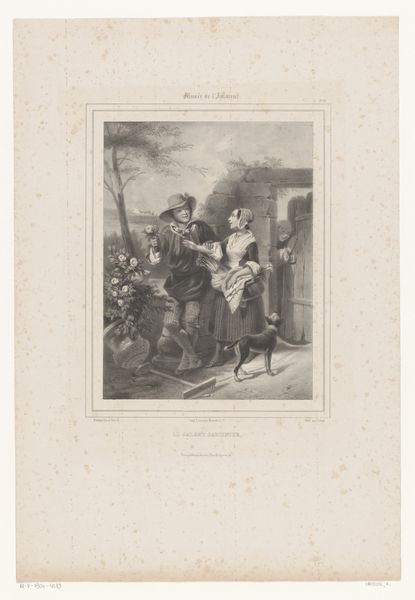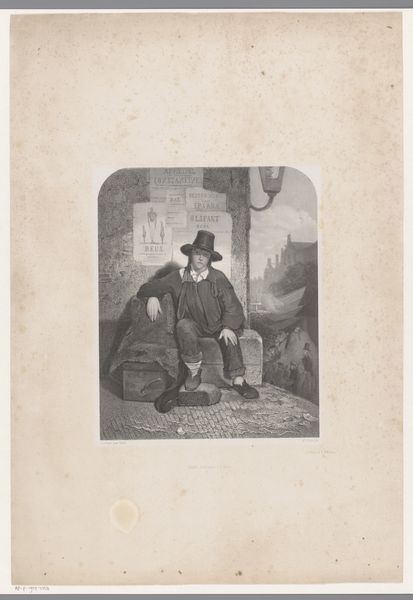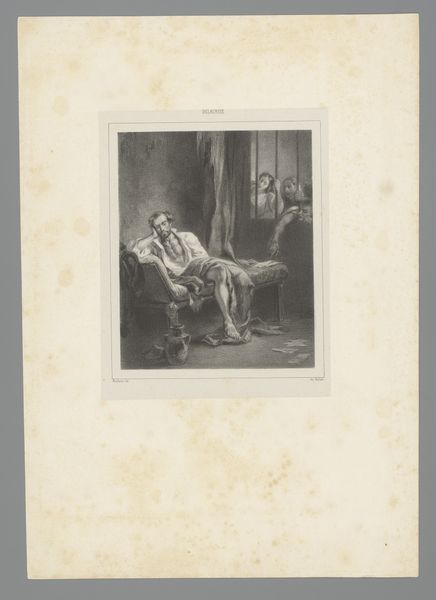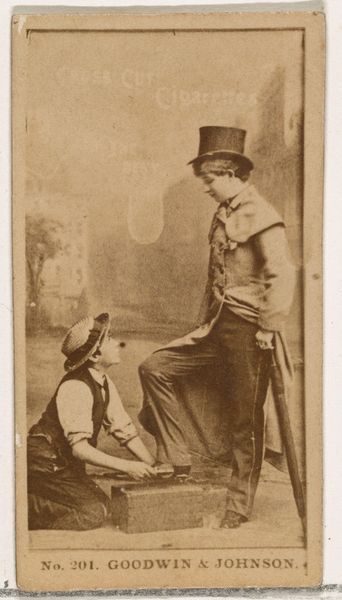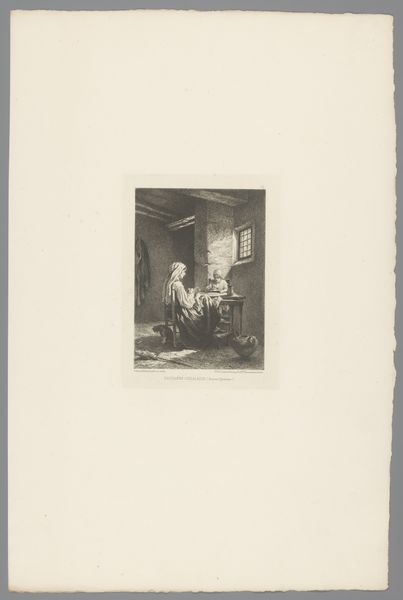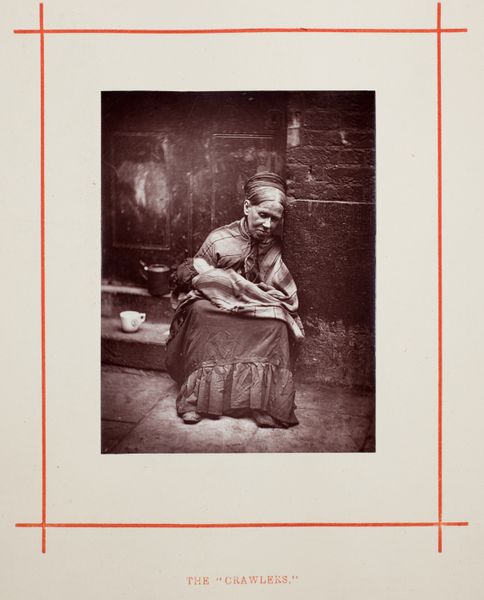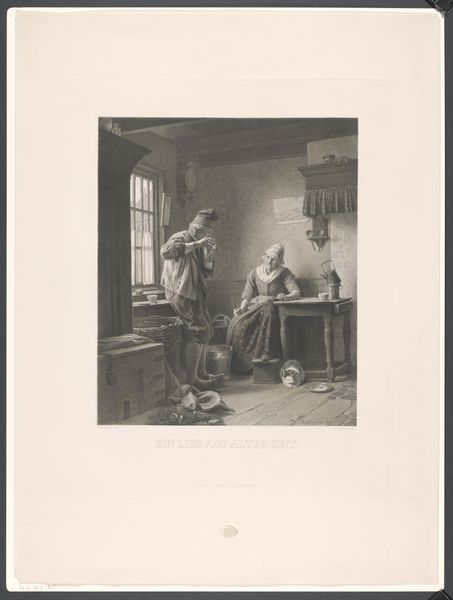
paper, photography, gelatin-silver-print
#
portrait
#
16_19th-century
#
paper
#
street-photography
#
photography
#
gelatin-silver-print
#
genre-painting
#
realism
Dimensions: 11.2 × 8.7 cm (image/paper); 25.6 × 19.1 cm (mount)
Copyright: Public Domain
Curator: We're looking at John Thomson’s 1877 gelatin silver print, "The Independent Shoe-Black." It’s a piece from his street photography series, depicting exactly that: a young shoe-black at work. Editor: The immediate feeling is somber. There's a clear power dynamic in the composition. The taller, shadowed figure looming over the smaller, kneeling shoe-black. It speaks volumes even before considering any deeper social commentary. Curator: Precisely. Consider the socio-economic context of late 19th century London. Thomson was deliberately documenting the lives of those often unseen or ignored: the working class, the poor. He gives agency through the very act of representation. Note the “independent” of the title: a signal to the will to overcome disadvantage through free labour, though the implications of poverty still run through it. Editor: Visually, the repeating lines of the brick wall add to a sense of confinement. Is this symbolic of a more fundamental imprisonment of poverty? What visual traditions might Thomson be playing on? I'm seeing the legacy of the Dutch Masters and their approach to representing the working classes. Here the darkness contrasts not only with the pale bricks, but perhaps suggesting light in a world that has only shadow for those who lack fortune? Curator: Definitely. But note the very contemporary focus of that realism in photography too; his subjects look at you with intent. These aren't idealized workers. Thomson confronted a bourgeois public with a new vision of those excluded, challenging the narrative of poverty through art. And there’s an argument to be made for that tension. His own position as observer, coming as he does from relative privilege, must give pause for thought in the ethics of looking. Editor: And I return to the central image, and those shoes: the very idea of cleansing as both necessity but, taken deeper, of cultural value of work and commerce and appearance... So much is loaded into the mundane reality shown here. Curator: Exactly. Through that everyday transaction of labor we can start to ask how value itself is made in unequal economic circumstances. Thomson helps us visualize such relations. Editor: Looking closer then allows a deeper appreciation of how it represents our ongoing concern with labour, value and exploitation. Curator: Indeed, sparking a dialogue that continues today about class, visibility, and representation.
Comments
No comments
Be the first to comment and join the conversation on the ultimate creative platform.
